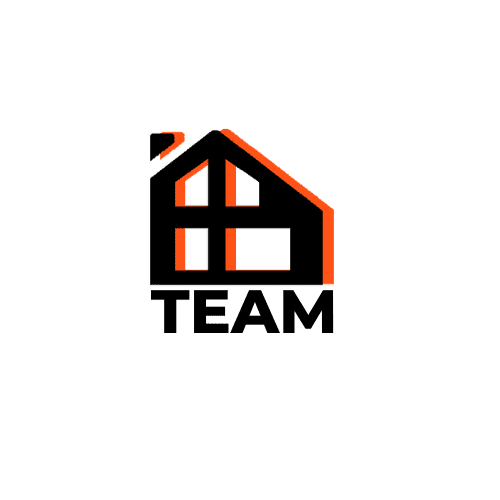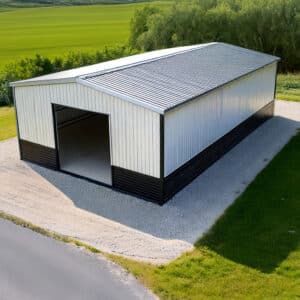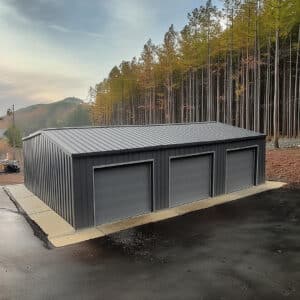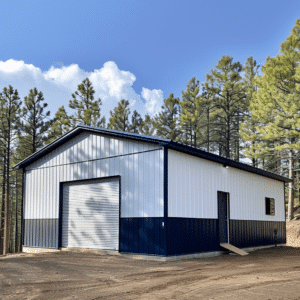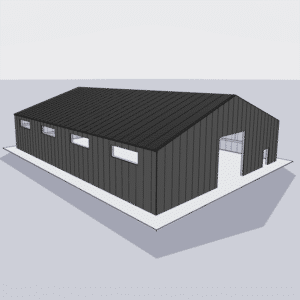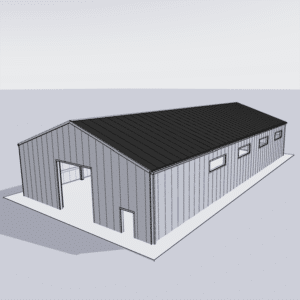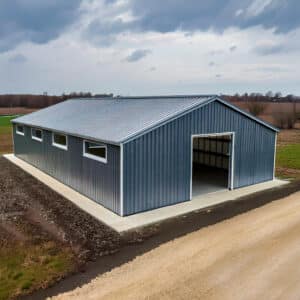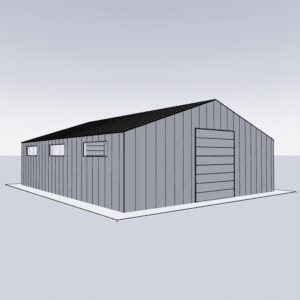Financing Options for Steel Buildings
Investing in a steel building is a smart, long-term decision, but like any construction project, it comes with costs. Whether you’re planning a small residential garage or a large industrial facility,
Home
Steel Building Maintenance Guide
Building Insulation
Steel Building Durability and Weather Resistance
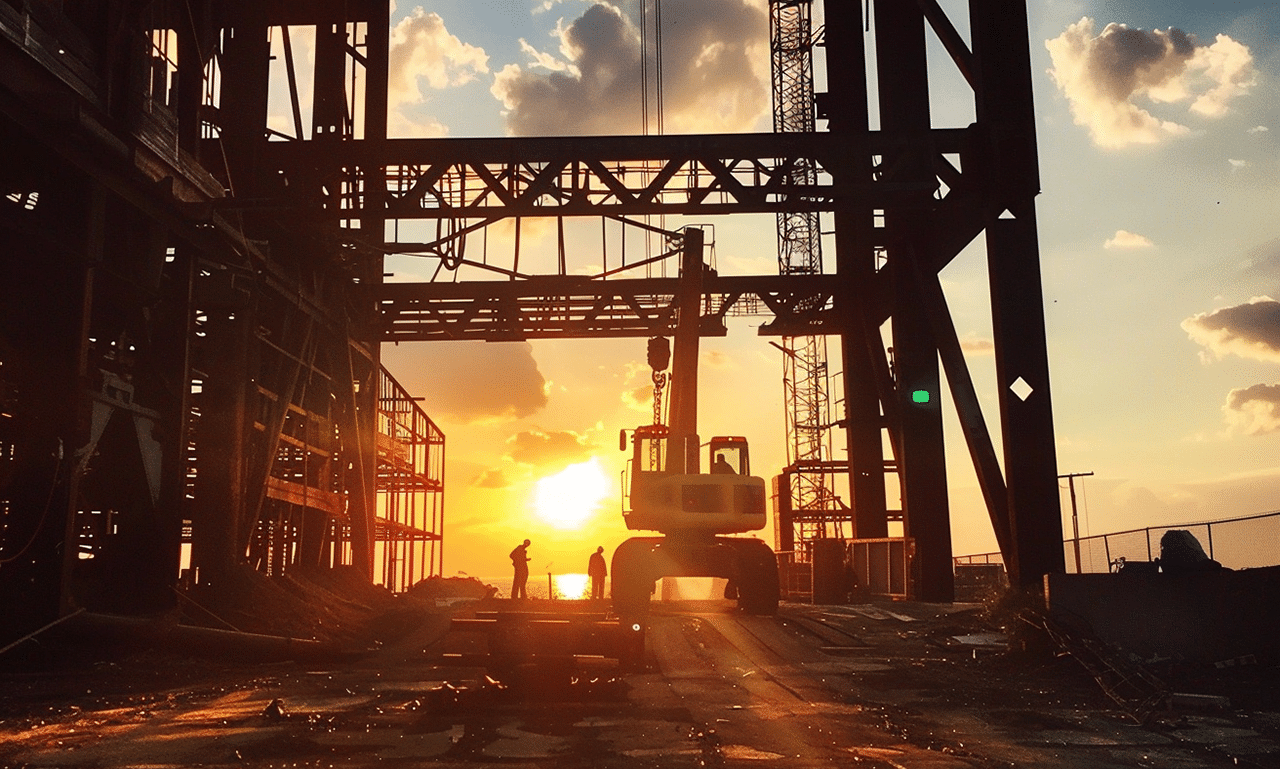
understanding your financing options is crucial to make the process affordable and stress-free. In this guide, we’ll explore various financing options for steel buildings and provide tips to help you choose the best solution for your project.
1. Why Financing Your Steel Building Makes Sense
Steel buildings offer durability, low maintenance, and flexibility, making them a valuable investment. However, the upfront costs for materials, labor, and permits can be significant. Financing allows you to:
- Spread out the cost over time rather than paying the entire amount upfront.
- Free up capital for other aspects of your business or personal finances.
- Start construction sooner, allowing you to enjoy the benefits of your steel building right away.
Learn more about the cost factors involved in steel construction in our Cost Estimation Guide for Steel Buildings.
2. Common Financing Options for Steel Buildings
There are several financing options available for steel buildings, each with its own advantages and requirements. Below are some of the most common options:
A. Traditional Bank Loans
Traditional loans from banks or credit unions are a popular way to finance steel buildings. These loans typically offer competitive interest rates and flexible repayment terms, making them a solid choice for many buyers.
- Secured Loans: If you have collateral, such as property or other assets, you may qualify for a secured loan, which usually offers lower interest rates.
- Unsecured Loans: For those without collateral, unsecured loans are available but may come with higher interest rates.
Pros: Predictable monthly payments, flexible loan terms.
Cons: May require strong credit and substantial documentation.
B. Construction Loans
Construction loans are specifically designed to finance building projects. These loans typically provide funds in stages as the construction progresses, helping to cover expenses such as materials and labor.
- Interest-Only Payments: Many construction loans allow for interest-only payments during the building phase, reducing your costs until the project is complete.
- Conversion to Permanent Loan: Once the building is finished, the loan can often be converted into a traditional mortgage or term loan.
Pros: Tailored for construction projects, staged funding reduces upfront burden.
Cons: Can be more complex to qualify for, requires detailed project planning.
For more tips on budgeting your project, visit our Steel Building Design Services.
C. Manufacturer Financing
Some steel building manufacturers offer in-house financing options. This can be a convenient way to finance your building, as you work directly with the company providing your materials.
- Low or No Interest Financing: In-house financing may come with special promotional offers, such as zero-interest financing for a set period.
- Flexible Repayment Plans: Manufacturer financing often includes more flexible terms than traditional loans, tailored to your construction timeline.
Pros: Simple application process, direct relationship with the supplier.
Cons: Limited to what the manufacturer offers, may come with higher prices on materials.
-
30×50 Metal Building MB212305014W0 Deposit
$18,000.00 Add to cart -
30×50 Garage Package Deposit
$8,500.00 Add to cart -
30×30 Garage Package Deposit
$8,500.00 Add to cart -
20×40 Garage Package Deposit
$5,500.00 Add to cart -
60×80 Steel Building Kit Deposit
$20,000.00 Add to cart -
50×100 Steel Building Kit Deposit
$20,000.00 Add to cart -
50×80 Steel Building Kit Deposit
$20,000.00 Add to cart -
50×60 Steel Building Kit Deposit
$20,000.00 Add to cart
D. Home Equity Loans
If you’re building a steel structure on your residential property, you may be able to tap into the equity in your home. Home equity loans or lines of credit (HELOC) offer a way to finance your steel building by borrowing against the value of your property.
- Fixed or Variable Interest Rates: Home equity loans usually offer competitive interest rates, and you can choose between fixed or variable-rate options.
- Tax Deductions: In some cases, the interest paid on a home equity loan can be tax-deductible, making this an attractive option for homeowners.
Pros: Competitive interest rates, potential tax benefits.
Cons: Requires sufficient equity in your home, puts your property at risk if you default.
3. Leasing and Rent-to-Own Options
For buyers who need a steel building but may not have the credit or capital to secure a traditional loan, leasing or rent-to-own options can be an alternative.
A. Leasing
Leasing allows you to use a steel building for a set period in exchange for regular payments. At the end of the lease, you can either return the building, extend the lease, or purchase the building outright.
Pros: Lower upfront costs, ideal for short-term projects.
Cons: May cost more in the long run if you decide to purchase the building at the end of the lease.
B. Rent-to-Own
Rent-to-own agreements allow you to lease the building with the option to purchase it after a certain period. A portion of your rental payments goes toward the purchase price, making it easier to eventually own the building.
Pros: No large upfront payment required, flexible ownership options.
Cons: May result in higher overall costs compared to upfront purchases, limited flexibility during the lease period.

Residential Construction
Your dream home or residential steel building project is in good hands with us.
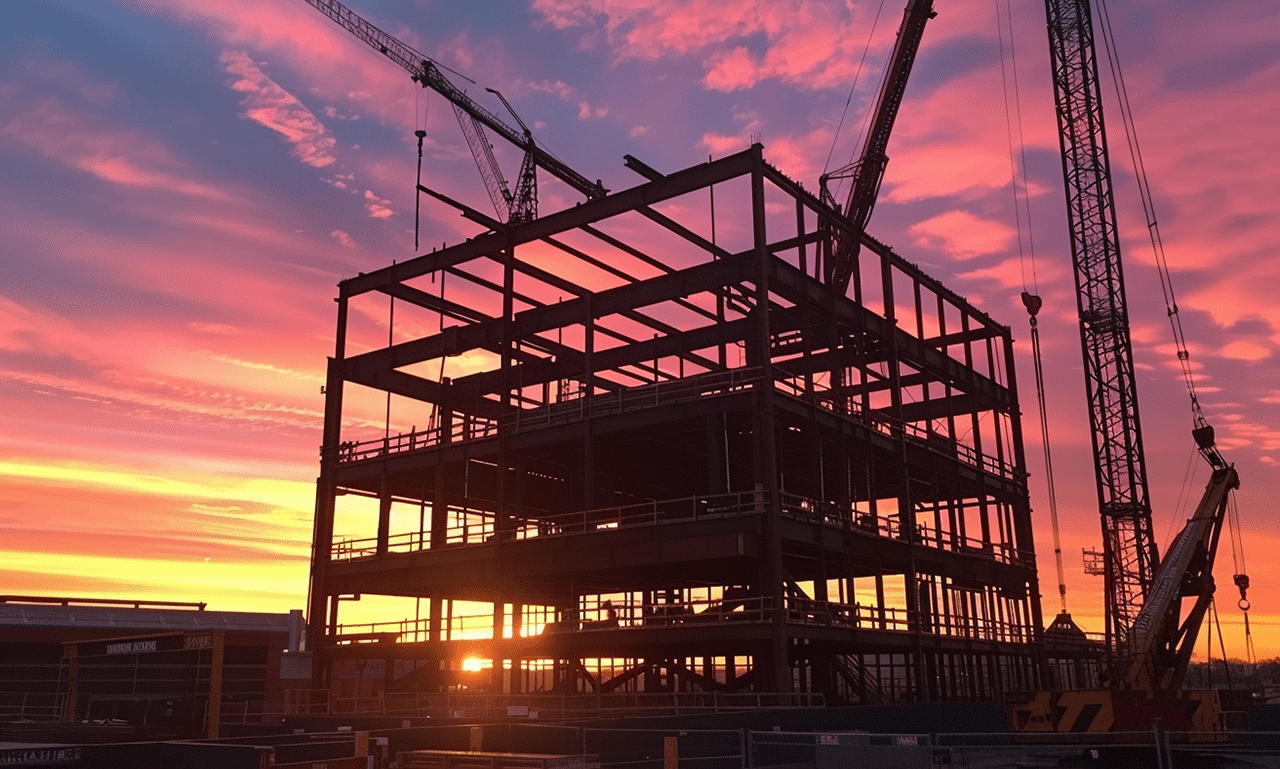
Commercial Construction
From warehouses to office spaces, we manage the design, construction, and ...
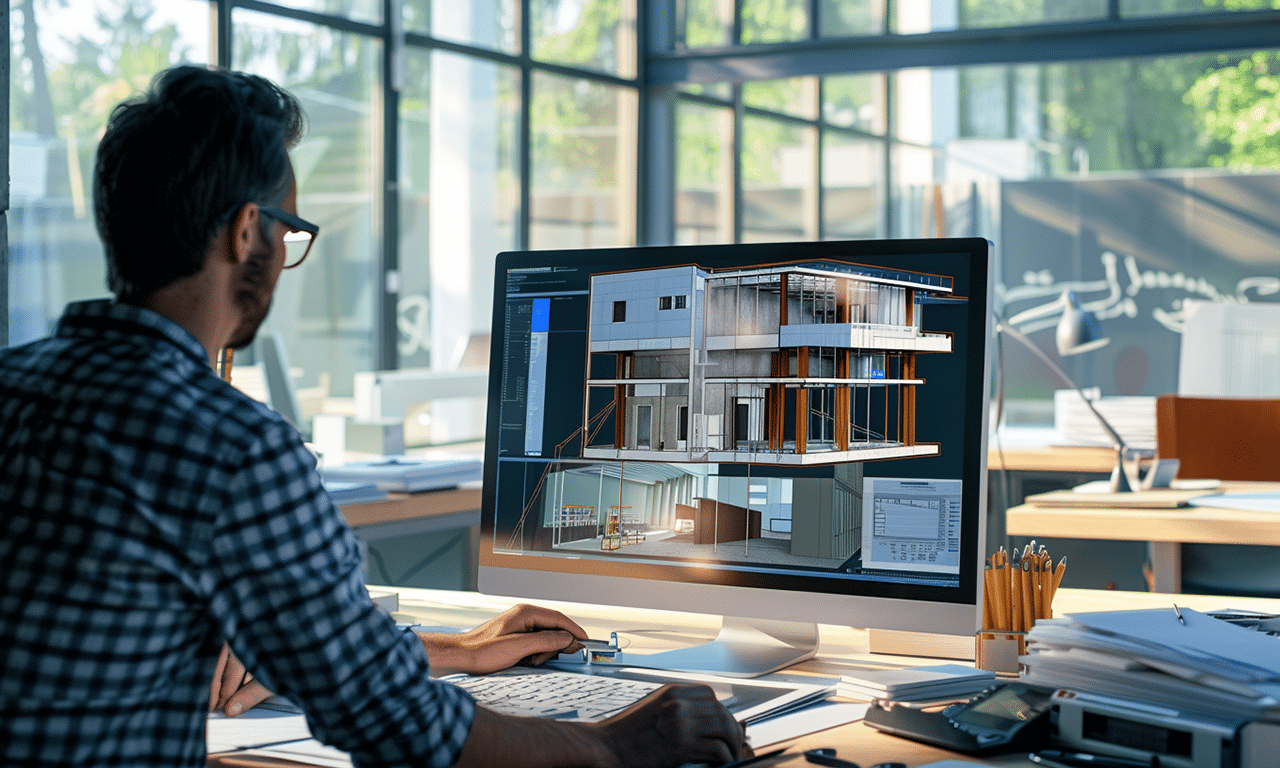
Custom Building Projects
Tailoring every aspect to your vision, our Building Projects service delivers unique steel structures
4. Government Grants and Loans
In some cases, you may qualify for government grants or loans to help finance your steel building, especially if the project is for agricultural or commercial use. These programs vary by region and industry, but some common options include:
A. Agricultural Loans
For farmers or ranchers, government agricultural loans can help finance barns, storage buildings, and other steel structures essential for operations. These loans often come with low-interest rates and extended repayment terms to support agricultural development.
B. Small Business Loans
If you’re using your steel building for a business, you may qualify for a Small Business Administration (SBA) loan or other government-backed programs. These loans often come with lower interest rates and more favorable terms for small businesses.
Pros: Low-interest rates, long-term repayment plans, government support.
Cons: Lengthy application process, eligibility requirements can be strict.

Describe Your Project
Share your project details, and we’ll assign you an expert to provide tailored advice and guide you through the next steps.
Step 02
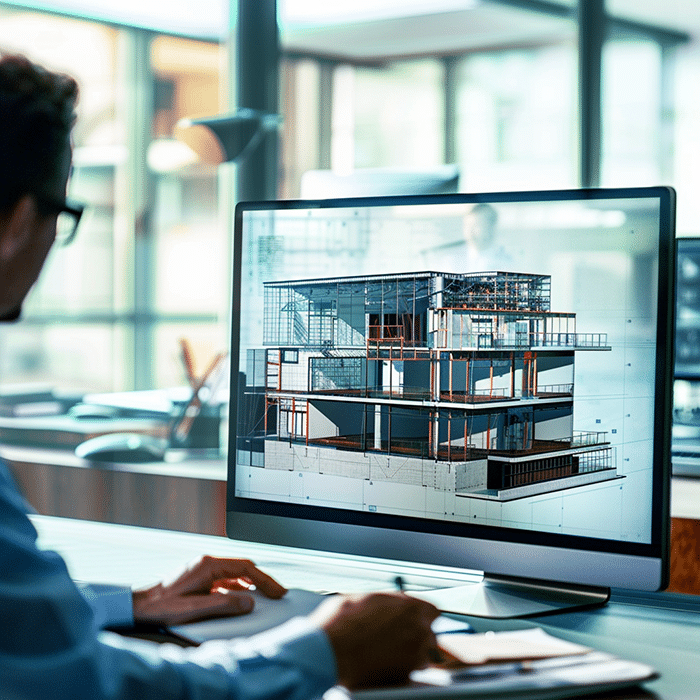
Get a Tailored Quote
Based on your project requirements, we’ll provide a customized quote that includes design, materials, and any additional services you may need.
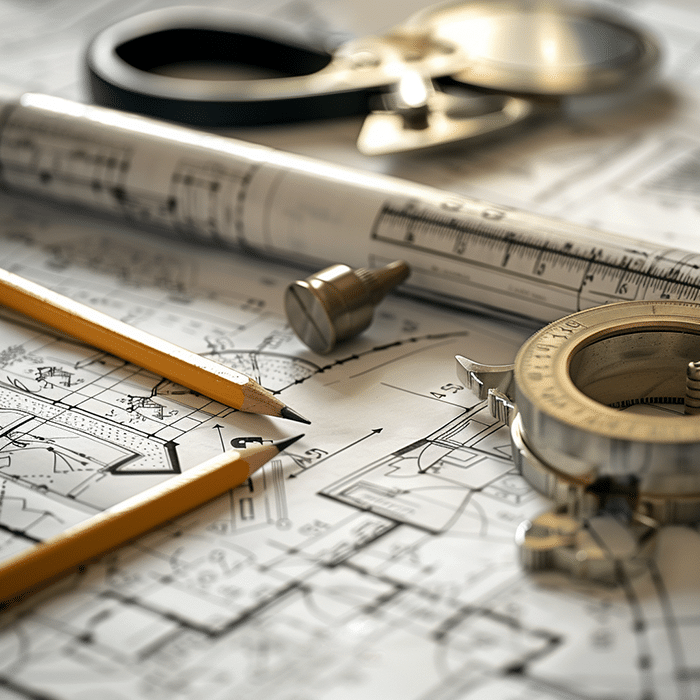
Questions - Approvals
Review the project plan and design we propose. Once you approve, we’ll finalize the timeline and prepare everything to start the process.

Start Building
Our skilled professionals will begin the construction process, delivering high-quality workmanship and keeping you informed every step of the way.
5. Choosing the Right Financing Option for Your Project
Selecting the right financing option for your steel building depends on several factors, including your budget, credit history, and the purpose of the building. Here are a few tips to help guide your decision:
- Assess Your Credit: Your credit score will play a major role in the types of loans and interest rates you qualify for. Review your credit report and make improvements where necessary.
- Determine Your Budget: Calculate the total cost of the project, including materials, labor, permits, and site preparation. This will help you decide on the loan amount or financing you need.
- Consider Long-Term Costs: While some options may offer low upfront payments, consider the total cost over time, including interest and fees.
- Explore All Options: Compare different financing sources, including traditional bank loans, manufacturer financing, and leasing, to find the most cost-effective solution for your situation.
For a detailed breakdown of steel building costs, visit our Cost Estimation Guide for Steel Buildings.
FAQ’s
What is the typical interest rate for steel building financing?
Interest rates vary based on the lender, your credit score, and the type of loan you choose. Typically, rates can range from 4% to 12%
Q: How long does it take to get approved for a loan?
Approval times can vary. Traditional bank loans may take a few weeks, while manufacturer financing and construction loans might have faster approval processes.
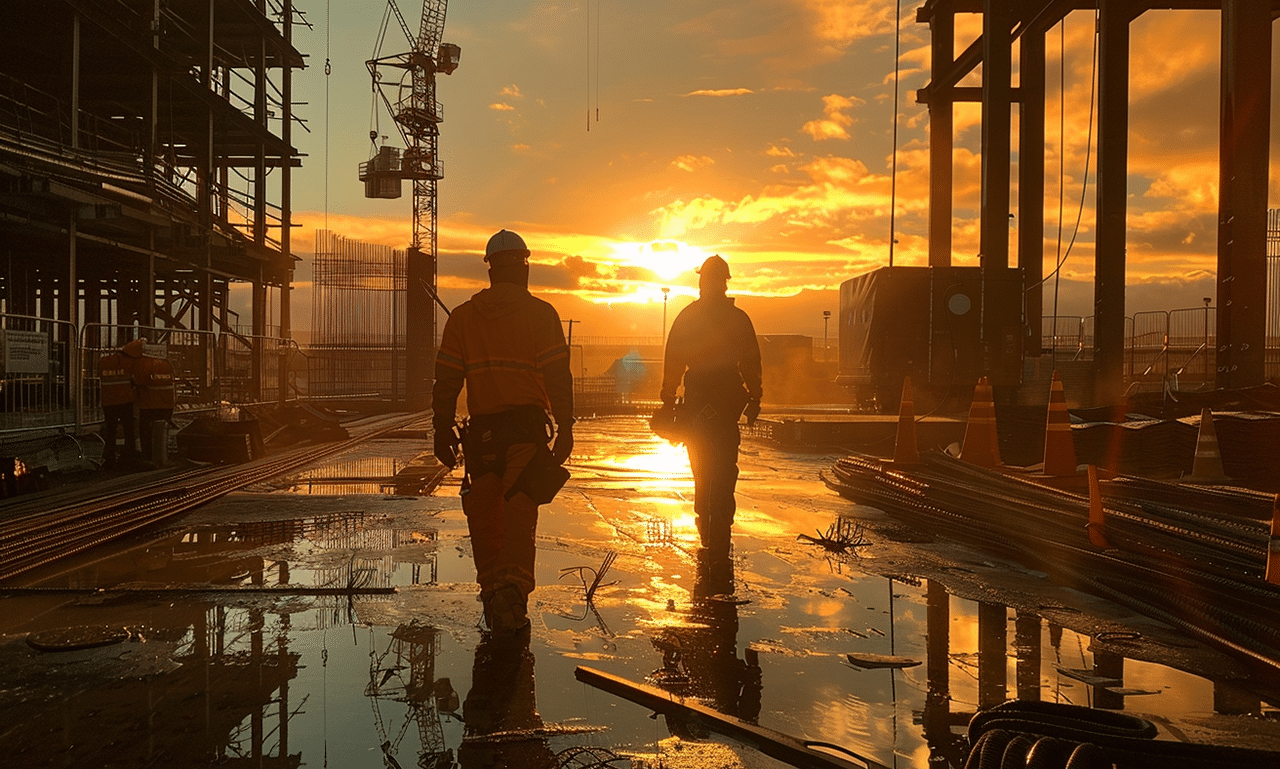
Can I finance a steel building with bad credit?
Yes, it’s possible to finance a steel building with bad credit, though you may face higher interest rates or be limited to certain financing options like rent-to-own or secured loans.
Financing a steel building is an important step in making your project a reality. By understanding the various financing options available—such as traditional loans, construction loans, leasing, and rent-to-own agreements—you can select the option that best fits your budget and timeline.
For more information on financing options, building designs, or turnkey services, visit our Steel Building Kits page or Contact Us today to discuss your project in detail.
Your Building Project, Simplified
- Clear, upfront pricing
- Thorough evaluation to ensure the best value for your investment
- Flexible customization options
- Fast delivery times
- Expert guidance to keep you fully informed at every step
Contact
